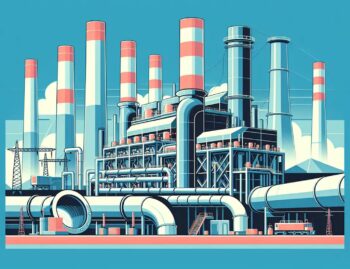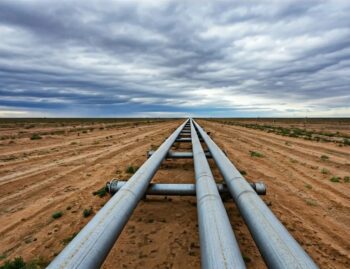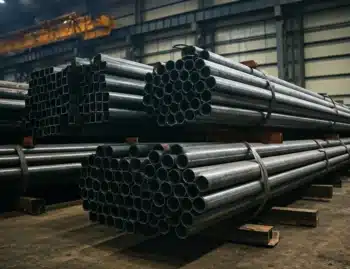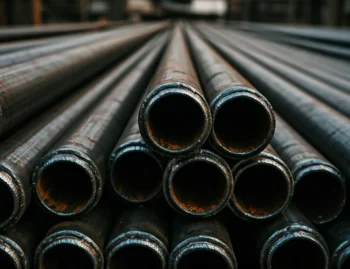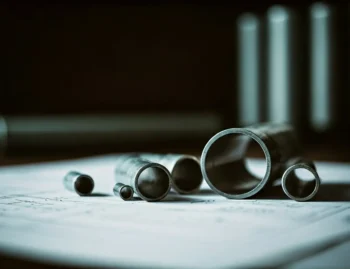The content of carbon contained in these varieties of steel determines the use in manufacturing processes. Basically, mild steel has low carbon content and carbon steel is considered a rough grade since it contains higher levels of carbon. Use of low temp carbon steel pipe vs. carbon steel pipe depends on the temperature under which it will be subjected.
Low Carbon Steel Contents and Use
Low carbon steel is composed of 0.04 – 0.30 percent carbon. Welders and piping experts prefer low carbon steel for things like boiler plates, wire products and seamless tubing and piping uses. Auto manufacturers typically prefer low carbon steel for vehicle body panels. If the low temperature carbon steel piping is seamless, it can be installed when processing or manufacture piping requires low temperatures to avoid negative impact on this type of piping. One example of use of low temperature carbon steel pipe would be in processes where refrigerants are required to be 50° F. If this is the case, choose ASTM A333 Grade 6 Low Temp Seamless Carbon Steel for pipes transporting refrigerated process materials through a system. This is a simple guide to new installations of low carbon steel pipes with chemical components that include:
. Carbon (max) 0.30
. Manganese at 0.29-1.06
. Phosphorus (max) 0.025
. Sulfur (max) 0.025
This applies to pipe size ranges of one-half to 24 inches and STD, XH, 40, 80, 100, 120, 160, XXH standard schedules. Other specifications for these size ranges include tensile Strength (min) Psi of 60,000 with MPa of 415 and yield strength (min) Psi of 35,000 and MPa of 240.
Custom low temp carbon steel pipe specifications may vary according to design size.
Carbon Steel Pipe
Carbon steel relies heavily on its physical properties and structure of its grain. The content of carbon in carbon steel pipe is higher than that of low temp, mild or other plain carbon steels. This particular type of steel is stronger, more durable and used most often for a wide variety of projects. Note that carbon steel is classified, according to their carbon content in three categories:
. Low alloy
. High alloy
. Plain carbon
The percentage of alloy in carbon steel affects weldability, hardening process and resistance to corrosion. Installation of carbon steel pipe should take these factors into consideration.
The properties of low alloy steel pipe are chromium (Cr), molybdenum (Mo) and nickel (Ni). These alloys range from 2.07 percent to approximately 10.5 percent of total content.
High alloy Carbon Steel
High alloy carbon steel has chromium properties of 2.07 percent and nickel alloy. As a type of stainless steel, it is preferred for various carbon steel pipe usages for industrial processes where corrosion resistance is a factor.
ASTM Specifications
ASTM specifications are as follows, “ASTM A106 Seamless Pressure Pipe (also known as ASME SA106 pipe) covers seamless carbon steel nominal wall pipe for high-temperature service. Suitable for bending, flanging and similar forming operations. NPS 1-1/2″ and under may be either hot finished or cold drawn.” Ref. (https://www.astm.org/Standards)
Note that carbon and alloy content, ASTM specs, grade and temperature specs play a significant role in the choice of low temp carbon steel pipe vs. carbon steel pipe. In simple use, bolts, nuts and fasteners may be milled from carbon steel. Carbon pipes as seamless stainless steel are used for ductwork that requires higher temperatures.



